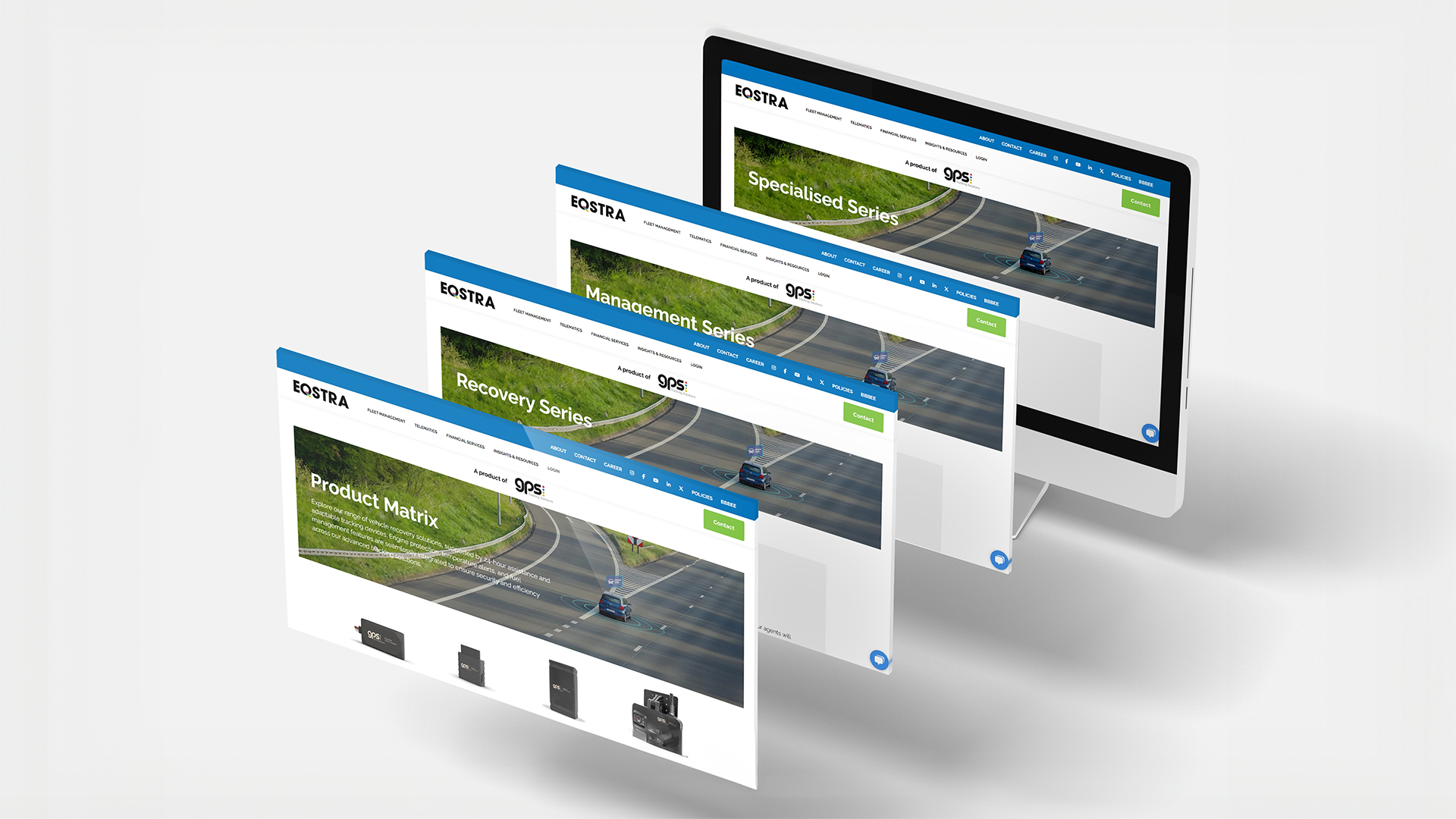 As a fleet manager, understanding your telematics devices is crucial for efficient fleet management. Here are eight essential things you might not know about your telematics device.
As a fleet manager, understanding your telematics devices is crucial for efficient fleet management. Here are eight essential things you might not know about your telematics device.
1. Data privacy and security
What you should know: Telematics devices collect sensitive data, including location, driving behaviour, and vehicle diagnostics.
Why it matters: Ensure compliance with data privacy laws and protect against unauthorized access. Regularly update passwords and encryption protocols and ensure your telematics provider is compliant with the privacy legislation.
2. Vehicle-specific functions
What you should know: Telematics devices were initially designed to track vehicles' locations, monitor driving behaviour, and provide data for fleet management. They now enable features such as GPS tracking, vehicle diagnostics, fuel consumption monitoring, and driver behaviour analysis.
Why it matters: By utilising specific functions to monitor the vehicles in your fleet, early detection of red flags in vehicle diagnostics, fuel consumption and driver behaviour can save you thousands of rtands in your fleet operation costs each month. Telematic devices are simply a treasure trove of data for your fleet.
3. Expanded asset utilisation
What you should know: Beyond vehicles, telematics devices can now be integrated with various types of assets, including heavy machinery, equipment, containers, and even personal assets like smartphones or wearable devices.
Why it matters: By attaching telematics devices to these assets, businesses can monitor their location, condition, and usage patterns in real time.
New to fleet management? You may also enjoy one of our older but popular articles: Telematics: The options available to your fleet
4. IoT integration
What you should know: Telematics devices serve as a crucial component in the broader ecosystem of the Internet of Things (IoT). They collect data from vehicles and assets and transmit it to centralized platforms or cloud-based systems for analysis and action.
Why it matters: This integration enables seamless communication and coordination between different IoT devices and systems, leading to improved efficiency and automation in various industries.
5. Data analytics and insights
What you should know: Telematics devices generate vast amounts of data, including location data, sensor readings, and operational metrics. Advanced analytics tools can process this data to extract valuable insights, such as predictive maintenance schedules, route optimisation, and asset utilisation patterns.
Why it matters: Staying informed about your telematics devices ensures better decision-making, cost savings, and improved fleet performance. This is where AI comes into its own. Far from being a modern functionality to help us craft an email, AI has been in use for fleet management for a long time. The information and data that an AI programme processes can find new patterns and trends emerging within your fleet to help you make smarter decisions to improve your fleet's safety and efficiency.
One such element is the ability to monitor your drivers and alert them to warning signs of being drowsy or not paying attention. See an example of this in action in our article about AI-enabled fleet telematics.
6. Enhanced safety and security
What you need to know: Telematics devices play a crucial role in enhancing safety and security for both vehicles and assets. They can provide real-time alerts for issues such as unauthorized asset movement, accidents, or equipment malfunctions.
Why it matters: Features like remote immobilization or geofencing help prevent theft and misuse of assets.
7. Integration with other systems
What you need to know: Telematics devices can integrate with various enterprise systems such as fleet management software, supply chain management systems, and ERP (Enterprise Resource Planning) platforms.
Why it matters: This integration enables seamless data sharing and interoperability, streamlining business processes and enhancing overall efficiency.
8. Customization and scalability
What you need to know: Modern telematics solutions offer flexibility and scalability to meet the diverse needs of different industries and businesses. They often come with customizable features and modular architectures.
Why it matters: Customisation and the architecture of the software of a telematics device allows organisations to tailor the solution according to their specific requirements and scale it as their operations grow.
Remember, embracing telematics isn’t just about technology—it’s about improving safety, efficiency, and overall fleet performance. As the industry continues to evolve, staying informed about telematics advancements will be essential for successful fleet management.
Having a trusted and professional partner by your side will ensure your fleet is continually optimised for both efficiency and cost savings for your business. Learn more about our telematics services or reach out to us to enquire about how Eqstra can partner with your business.
